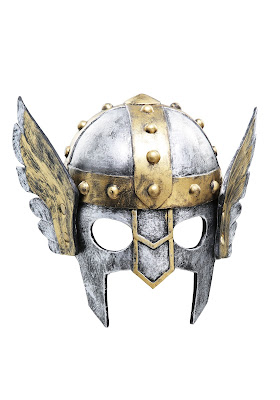This is my latest experiment, creating a video-graphic novel.... it's been a fun experiment, I've been using a variety of tools. I created the images based from photographs and images that I fed into an AI tool. The editing was done in Davinci Resolve, and the audio effects were taken from my library.
Graphic novels have their roots in several historical and cultural traditions, including comic strips, illustrated books, and manga. The term "graphic novel" was first used in 1964 to describe Will Eisner's "A Contract with God," which is widely considered to be the first true graphic novel.
Graphic novels typically use sequential art and text to tell a story in a book-length format. They often blend elements of literature, comics, and illustration to create a unique form of visual storytelling.
The form gained widespread popularity in the 1980s and 1990s, with seminal works such as Art Spiegelman's "Maus," Alan Moore and Dave Gibbons' "Watchmen," and Frank Miller's "The Dark Knight Returns." Since then, graphic novels have become a mainstream medium for storytelling, covering a wide range of genres and subjects, from memoirs and fiction to historical events and social issues.












